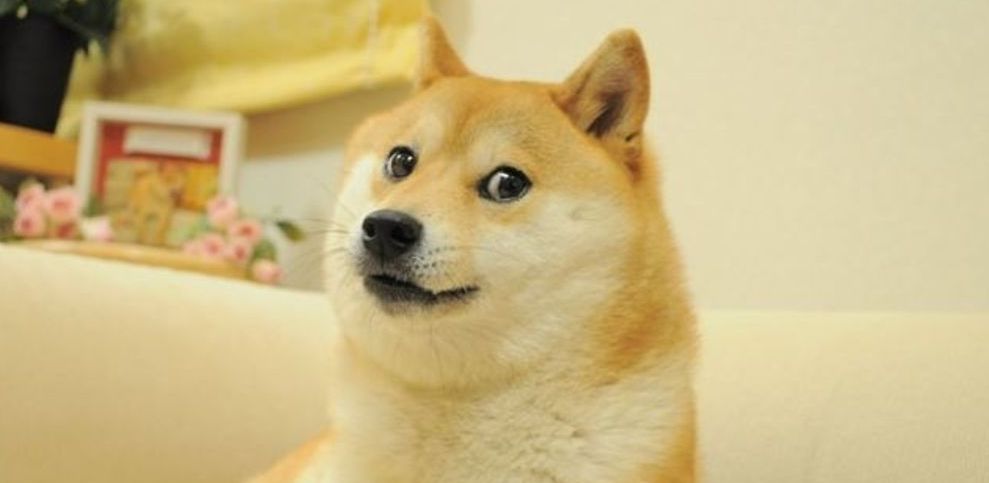It all began with a dog. Specifically a Japanese Shiba-Inu called Kabosu. In 2013 a photograph of the animal inspired an internet meme. For reasons that needn’t detain us, Kabosu and similar dogs in similar images became known as “Doge”.
As a play on the Doge meme, someone then launched a crypto-currency called Dogecoin. It was meant as a joke, but the currency was real and could be traded.
Until recently, a Dogecoin wasn’t worth much — trading at fractions of a penny. This year, however — as part of the crypto boom — the currency has soared in value. It is currently trading at about $0.27 (and hit a high of nearly 70 cents earlier this year). That means that the currency as a whole has a market capitalisation of billions of dollars. Not such a joke, after all.
Alongside this year’s crypto-craziness we’ve also seen the rise of the non-fungible token or NFT. An NFT is a digital certificate typically associated with an image, a video or some other item of electronic art.
The NFT confers licensing rights over the image — though exactly what rights differs from case to case. In any case, the most valuable NFT’s are often of images that have been so extensively shared over the internet that securing exclusive access is impossible.
Indeed, the main attraction of an NFT seems to be that one can point to something that everyone uses freely and say “I own that”. Or, at least, that was the main attraction. A booming market in NFTs (which can be resold) has meant there are fat profits to be made.
But now another twist. The Doge meme NFT — which originally sold for $4 million — is being resold in the form of a fractional token. This grants the purchaser part ownership of the NFT. Fractional NFTs therefore provide a product for the great majority of investors who can’t afford a whole NFT. In theory, this greatly expands the market. If joke cryptocurrencies can meme their way to a market capitalisation of billions then perhaps the same will happen to the most popular NFTs.
However, I’d like to suggest an alternative. Instead of buying a fraction of something whose value is solely based on how much other people desire it too, how about buying part of an enterprise that actually does something useful? We could call the piece of paper that you purchase a “share”.
Yes, I know — it does sound crazy — but it might just catch on.











Join the discussion
Join like minded readers that support our journalism by becoming a paid subscriber
To join the discussion in the comments, become a paid subscriber.
Join like minded readers that support our journalism, read unlimited articles and enjoy other subscriber-only benefits.
Subscribe